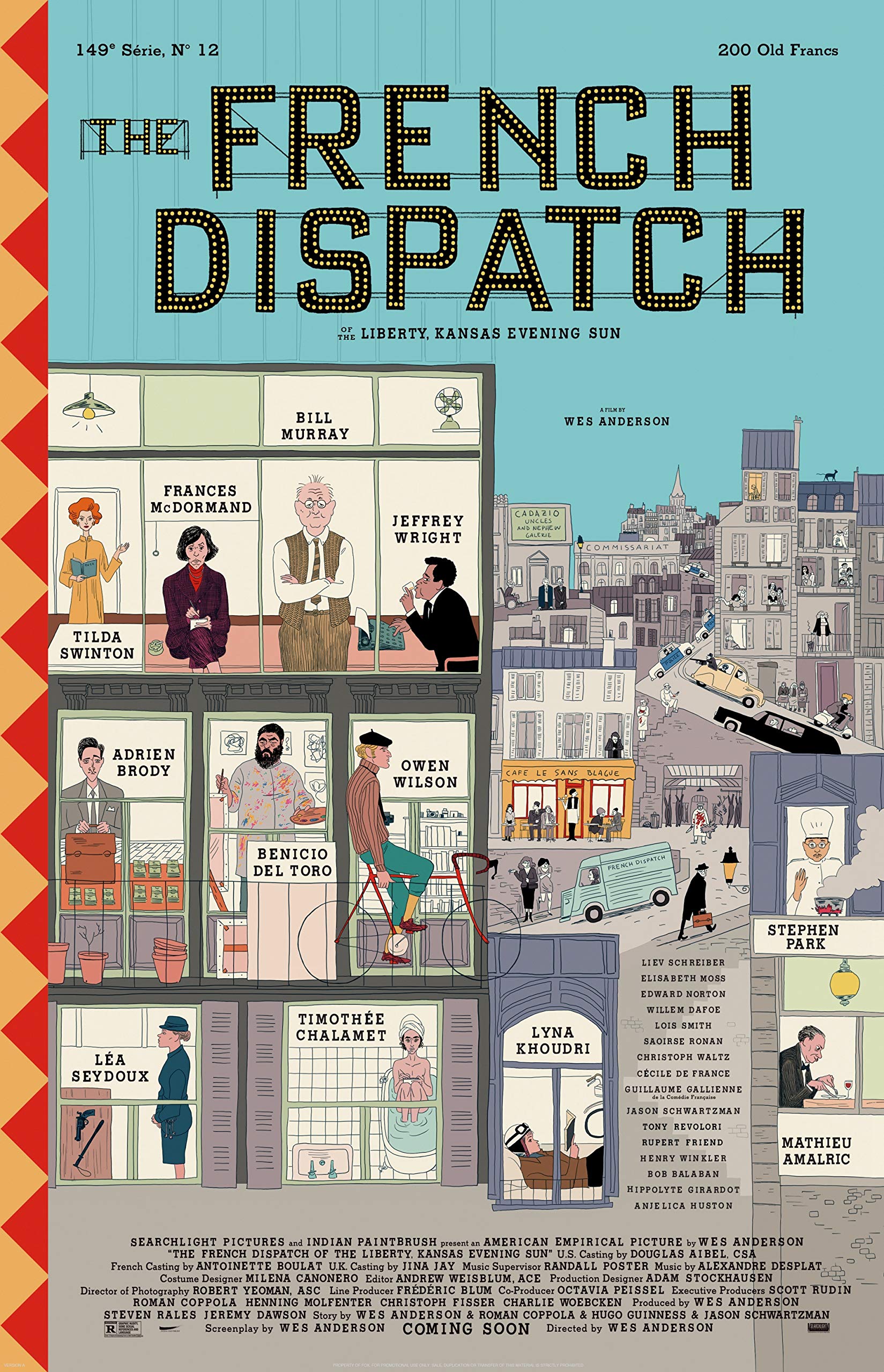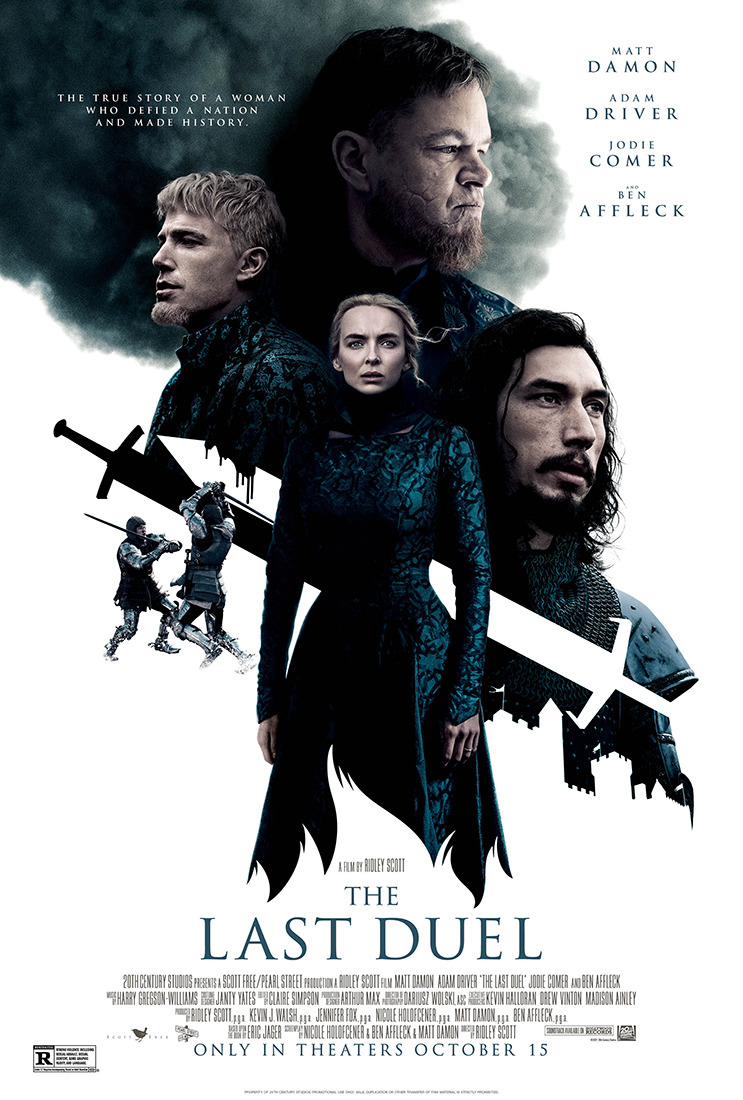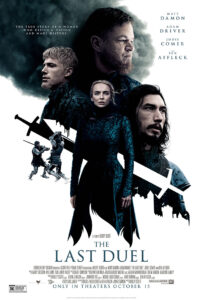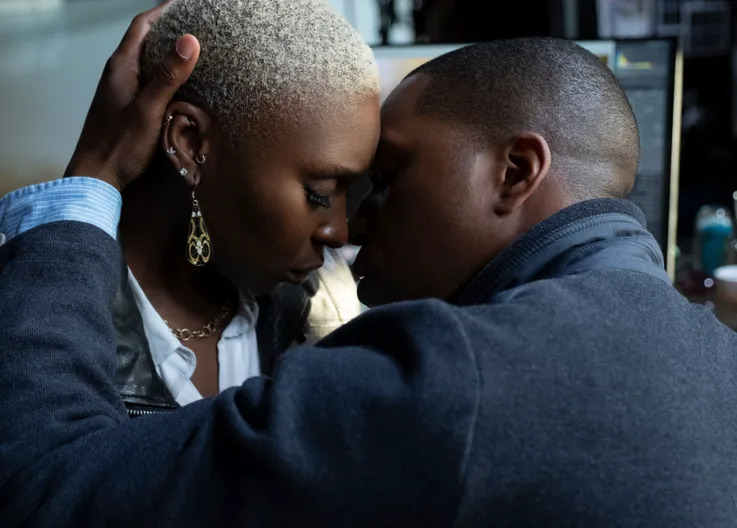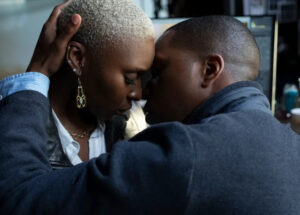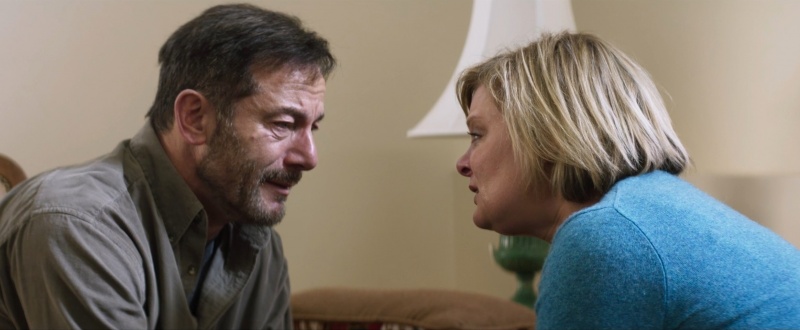Ron’s Gone Wrong
Posted on October 21, 2021 at 5:15 pm
B-| Lowest Recommended Age: | 4th - 6th Grade |
| MPAA Rating: | Rated PG for some rude material, thematic elements and language |
| Profanity: | Some schoolyard language |
| Alcohol/ Drugs: | None |
| Violence/ Scariness: | Some peril nd violence |
| Diversity Issues: | A theme of the movie |
| Date Released to Theaters: | October 22, 2021 |

Like “Short Circuit,” it is the story of a malfunctioning robot that is better than a correctly functioning robot because its imperfections make it more human and relatable, more “real.” The storyline is reminiscent of many other films including “Big Hero 6” and “E.T.”
Barney (voiced by the terrific Jack Dylan Grazer of “Shazam”) lives with his single dad, Graham (Ed Helms), and his Bulgarian grandmother Donka (Oscar-winner Olivia Coleman). Money is tight, and Graham, while devoted to his son, is often distracted and worried.
Marc (Justice Smith) is a young tech whiz who has a big announcement at his Apple-like computer company. He is presenting his latest invention, the ultimate accessory, a rolling robot friend, a cross between the Amazon Echo, the Apple Watch, Al Capp’s Shmoos, and Robby the Robot from “Forbidden Planet.” While Marc’s plan is just to create a machine that will learn all about its owners so it can be ever-interested, ever-responsive, an ideal companion. His colleague Andrew (Rob Delaney) sees the purpose of the cute little B-Bots differently. All that information about your background and preferences you so willingly share with your B-Bot? Andrew is going to make a ton of money selling it!
Barney feels like an outcast at school. His teacher pushes him to sit on the “Buddy Bench” at recess to let his classmates know he would like to make a friend, but he feels humiliated. All the other kids have B-Bots, which they use for everything from “influencer” social media posts to games, communication, so much of social interaction that they have just about forgotten how to talk to each other directly. But Barney does not have a bot because his father cannot afford it.
And then it is his birthday, and Donka surprises him with a bot, except that this one is unauthorized because it was damaged falling off a truck. That is Ron (voiced by Zach Galifianakis), and he and Barney begin to get to know one another, Ron’s mistakes, mostly from being overly literal, only endear him to his new owner/friend.
So, unlike Ron, as far as the script goes all the pieces are in place for Barney and his classmates to learn some lessons about friendship and not relying on social media for feedback and approval and for some of the grown-ups to learn some lessons about priorities and the risks of capitalism. It all unfolds as expected with not enough original moments along the way. The movie needs to learn its own lesson that a safe, predictable by-the-numbers formula is a little boring.
Parents should know that this movie has some schoolyard language and some peril and mild violence. Barney is mourning his late mother.
Family discussion: Why was it hard for Barney to make friends? What else could he have done? Would you like to have a B-Bot? What would you do with it?
If you like this, try: “The Mitchells vs. the Machines”


